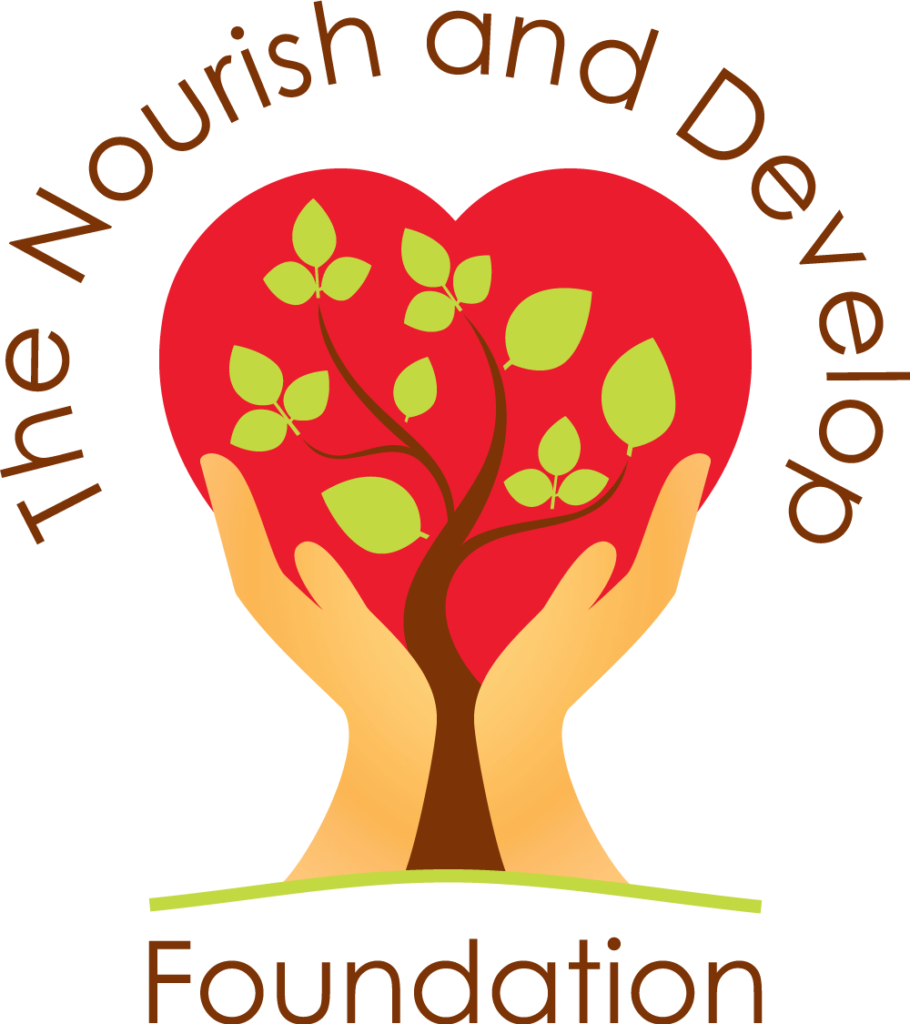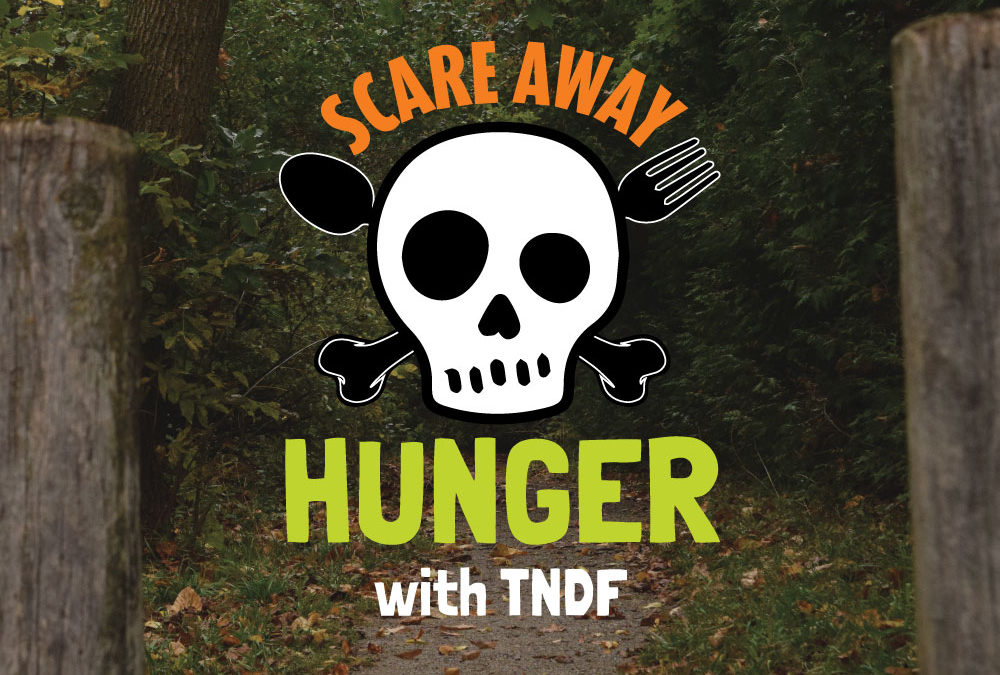Food insecurity is really scary.
When people have inadequate or insecure access to food due to financial constraints, they are far more likely to suffer from ongoing and severe physical and mental health conditions and have a lower life expectancy.
In order to start a community conversation around food insecurity, TNDF will be running an online Halloween-themed advocacy campaign this month. Our goal is to identify ways that we can come together to help scare away hunger for our neighbours and for all Canadians.
Meet Boo Barry:
your spirit guide to scary food facts.
The Nourish and Develop Foundation has been busy filling the immediate need for food in our community. In 2020, we served 316 community members, that’s 12% more than last year!
“Food loss and waste (FLW) is an enormous economic cost to businesses and society. It also has a significant environmental impact. […] All of us – from farmers to manufacturers, from producers to distributors, from stores to homes – need to rethink how we view excess food and change our habits, so that people can benefit and an environmental crisis can be avoided.” Second Harvest
And that’s even after adjusting for factors like immigration status, education level, and homeownership.
The results of PROOF’s study found that this disparity is linked to increased likelihood of developing chronic diseases, poor educational and health outcomes, and income.
According to PROOF, food insecurity can be split into 3 categories:
Marginal food insecurity: Worry about running out of food and/or limited food selection due to a lack of money for food.
Moderate food insecurity: Compromise in quality and/or quantity of food due to a lack of money for food.
Severe food insecurity: Miss meals, reduce food intake, and at the most extreme go day(s) without food.
47% of First Nation communities are food insecure. “The price of healthy foods in many northern and remote First Nation communities is much higher than in urban centres and is therefore beyond the reach of many families. The cost of a nutritious food basket for a family of four in Toronto in 2015 was $847; the same basket was $1,909 in Attawapiskat in Northern Ontario.”
Food insecure students reported that the cost of food, tuition fees, and housing costs contributed most to their food insecurity. Meal Exchange.
So what do we do about it?
To scare away hunger, we need to tackle the root causes of food insecurity and we need policy changes that make life affordable. In a country where an estimated 58% of all food produced is wasted, it’s clear that hunger and food insecurity is not an issue of a lack of food available, it’s a lack of economic resources to access this food. Policy solutions recommended by authorities within the food security field include affordable childcare, affordable housing, affordable pharmacare, liveable wages, increased social assistance rates and different variations of a universal basic income.
“Canada is a leading agricultural exporter, yet four million Canadians struggle to put food on the table. […] A national food policy would articulate a set of calues, principles and priorities to guide food policy-making, with a clear mandate and an implementation plan across government, using all the tools that the federal government has at its disposal.”
To learn more about these recommended policy solutions, we recommend visiting https://foodsecurecanada.org/policy-advocacy
“Food insecurity isn’t a food problem. It’s a money problem. Four million Canadians are food insecure, and it’s not because there’s not enough food to eat. It’s because people can’t afford to pay the rent and fill their grocery cart. Wages are too low, jobs too temporary. Social assistance rates keep people in poverty. We’re not building enough affordable housing to meet rising demands.
These are big issues. And the last thing we can afford is to let them paralyze us. Universal healthcare, paid vacation, suffrage – those privileges exist because previous generations stood up and fought for those rights. At a time of growing inequality, it’s more important than ever that we keep fighting for the country we want to see – one where everyone has the means, knowledge, and voice to access good food with dignity.”
For resources on how to advocate for change within your community, we recommend visiting https://cfccanada.ca/en/News



